Dill and Mustard Fresh Salmon Loaf
Of all the food from the sea, fresh salmon is among the most exalted. These hefty relatives of the trout lead amazing lives, beginning as small fry, if you will, in the upper reaches of rivers and streams that feed into the oceans.
After about 1-3 years of feeding and growing near the place of their birth, the young fish group together and head downstream for the open seas where they spend their adult years. When their biological clocks give them the signal, they begin an amazing and strenuous migration upstream back to the exact place of their birth. Here they spawn and die within days, thereby completing their circle of life.
Plentiful wild salmon is one of the bonuses of living in the Pacific Northwest. Looking for inventive ways to prepare and serve are always fun, and a salmon loaf offers many avenues to take.
Dill and Mustard Salmon Loaf
Salmon loaves have been around for a long time and if you look for recipes, most begin with 1 or 2 15½-ounce cans of salmon. Begone with the canned and in with the fresh! While meat loaf is rarely offered to company as an elegant entrée, you can dress salmon up into a loaf fit for a queen.
Salmon has always had an affinity for dill and mustard, and I used it generously here.
Ingredients:
- 1½ pounds (675 gr.) fresh filet of salmon
- ¾ pound (340 gr.) of fresh, uncooked shrimp
- 2 cups (475 ml.) fish stock, clam stock or clam juice (I used Kitchen Basics® Clam Stock)
- ½ cup (120 ml.) dry white wine or vermouth
- ½ teaspoon (2.5 ml.) black peppercorns
- ⅔ cup (160 ml.) onion, finely chopped
- ⅔ cup (160 ml.) bell pepper, finely chopped
- ⅔ cup (160 ml.) celery, finely chopped
- 1 cup (240 ml.) bread crumbs or more as needed
- 3 large eggs, lightly beaten
- 1 bunch dill, finely chopped (save a little for garnish)
- 2 generous tablespoons (30+ ml.) dill mustard, or more to taste (I used Inglehoffer Creamy Dill Mustard from Beaver Foods)
- Dill mustard to glaze unbaked loaf
- 1 teaspoon (5 ml.) Old Bay® Seasoning (Old Bay contains salt so use judiciously)
- Fresh ground black pepper to taste
Method:
- Wash and pat dry salmon
- Heat the stock, wine and peppercorns in a shallow pan large enough to hold the filet.
- Bring to a simmer and poach until a thermometer inserted into the thickest part of the filet registers about 125 °F (52 °C).
- Let cool slightly in the poaching liquid for a few minutes then carefully remove to a flat surface, skin side up. (Reserve the poaching liquid for the sauce.)
- Using a knife, carefully remove the skin and scrape away any gray, fatty matter.
- When the salmon is cool enough to handle, flake it into smaller pieces.
- Peel and devein the shrimp then process in a food processor until it is broken down into a paste. Using both hands covered with vinyl gloves, gently mix together the flaked salmon, shrimp paste, onion, bell pepper, celery, bread crumbs, eggs, dill, mustard, Old Bay and pepper until homogenous and holds together when gently pressed into a ball.
- Using your hands and eyes, determine for yourself if the mixture is too wet, too dry or just right.
- Too wet - add more bread crumbs.
- Too dry - add a bit of the poaching liquid in small amounts until just right.
- Line a rimmed baking sheet with aluminum foil spread with a little oil.
- Mound the mixture in a loaf.
- Brush the top of the loaf with dill mustard then sprinkle with paprika for a little color and flavor.
- Bake at 350 °F (180 °C) until a thermometer inserted into the thickest part of the filet registers about 125 °F (52 °C).
- Allow to rest for about 10 minutes before removing to serving platter.
- Just before serving, sprinkle with the additional dill to garnish.
Seafood Velouté Sauce with Shallots and Oyster Mushrooms
Don’t let the name velouté intimidate you. It’s merely stock, or in this case our poaching liquid, thickened with a bit of flour cooked in butter. You can make it as soon as the poaching liquid is available.
Ingredients:
- 1 pound (450 gr.) oyster mushrooms or any other mushroom of your choice
- 1 medium shallot, finely minced
- 2 tablespoons (30 ml.) unsalted butter or oil
- 2 tablespoons (30 ml.) all-purpose flour
- 2 tablespoons (30 ml.) unsalted butter
- 2 cups (475 ml.) warm poaching liquid
- Salt and fresh ground pepper to taste
Method:
- Brush clean and trim the oyster mushrooms to smaller pieces (see photo).
- Heat the butter or oil in a sauté pan over medium-high heat.
- Sauté the shallots until softened, about 2-3 minutes.
- Add the mushrooms and continue sautéing until mushrooms wilt slightly. (If your pan becomes too dry, add a little warm water.)
- Melt the remaining butter over medium-high heat in another sauté pan.
- Whisk in the flour until mixed thoroughly.
- Continue to whisk, allowing the flour to cook for a couple of minutes.
- Slowly begin adding the warm poaching liquid while whisking constantly.
- When all is incorporated and sauce is smooth, allow to simmer for about 5 minutes while stirring occasionally.
- Stir in the mushrooms and shallots.
- Season with salt and pepper.
- Serve immediately, or keep warm, covered until ready to use.
If your serving platter has enough depth, you can serve the sauce surrounding your salmon loaf.
Bon appétit
— Charles
Category: Seafood
About the Author (Author Profile)
Music, food and photography are at the center of Charles’ life. He performed with the Dallas Symphony, Dallas Opera and was assistant principal bassoonist with the Fort Worth Symphony for more than 20 years. When Charles and Victor moved to Baltimore, Charles created Lone Star Personal Chef and Catering Service and taught cooking classes at Williams-Sonoma. Now in Salem, Charles is a Realtor with Coldwell Banker Mountain West Real Estate, taught cooking classes for children at the A.C. Gilbert Discovery Village, and owns and operates Charles Price Photography. Charles and Vic enjoy entertaining and frequently host dinners as fundraisers for local non-profits and charities






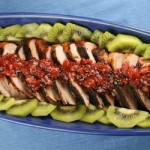
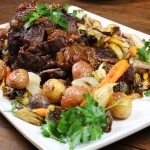
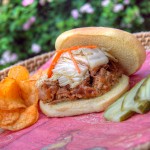
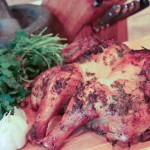

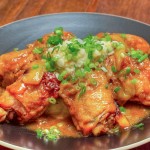
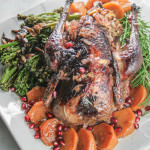
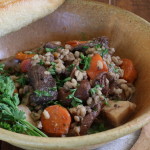
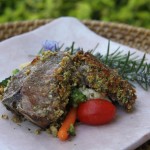
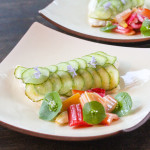
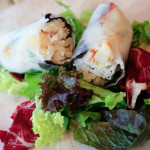
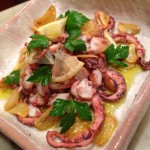

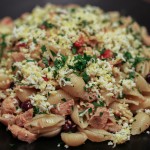
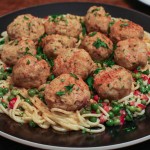
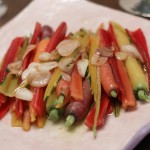
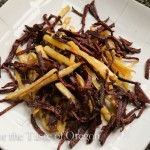
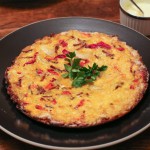
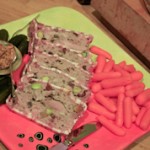
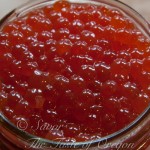
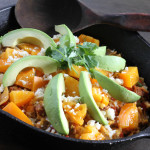
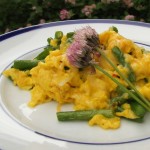
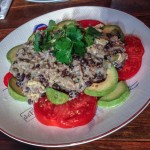
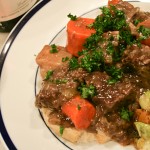
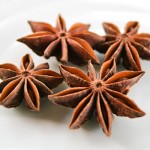
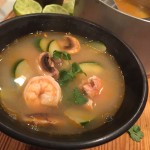
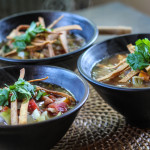
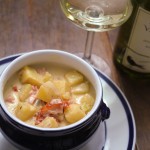
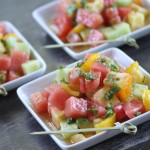
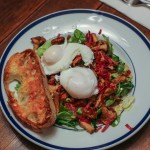
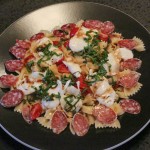
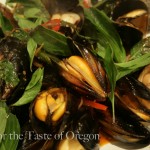
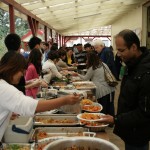
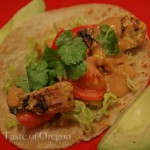
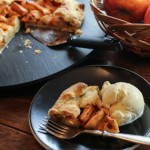
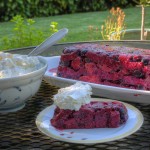
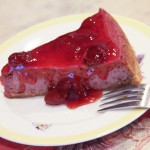
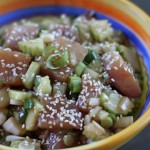
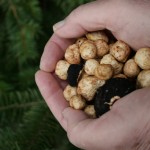
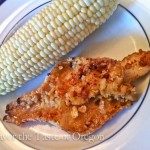

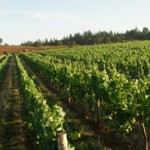
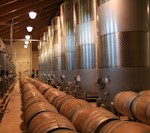
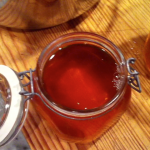


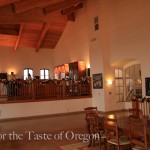


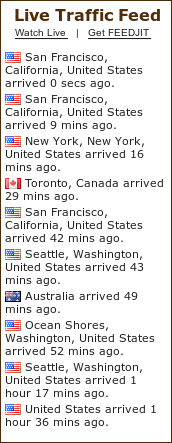




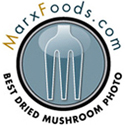
Sounds wonderful, wish I could taste it.